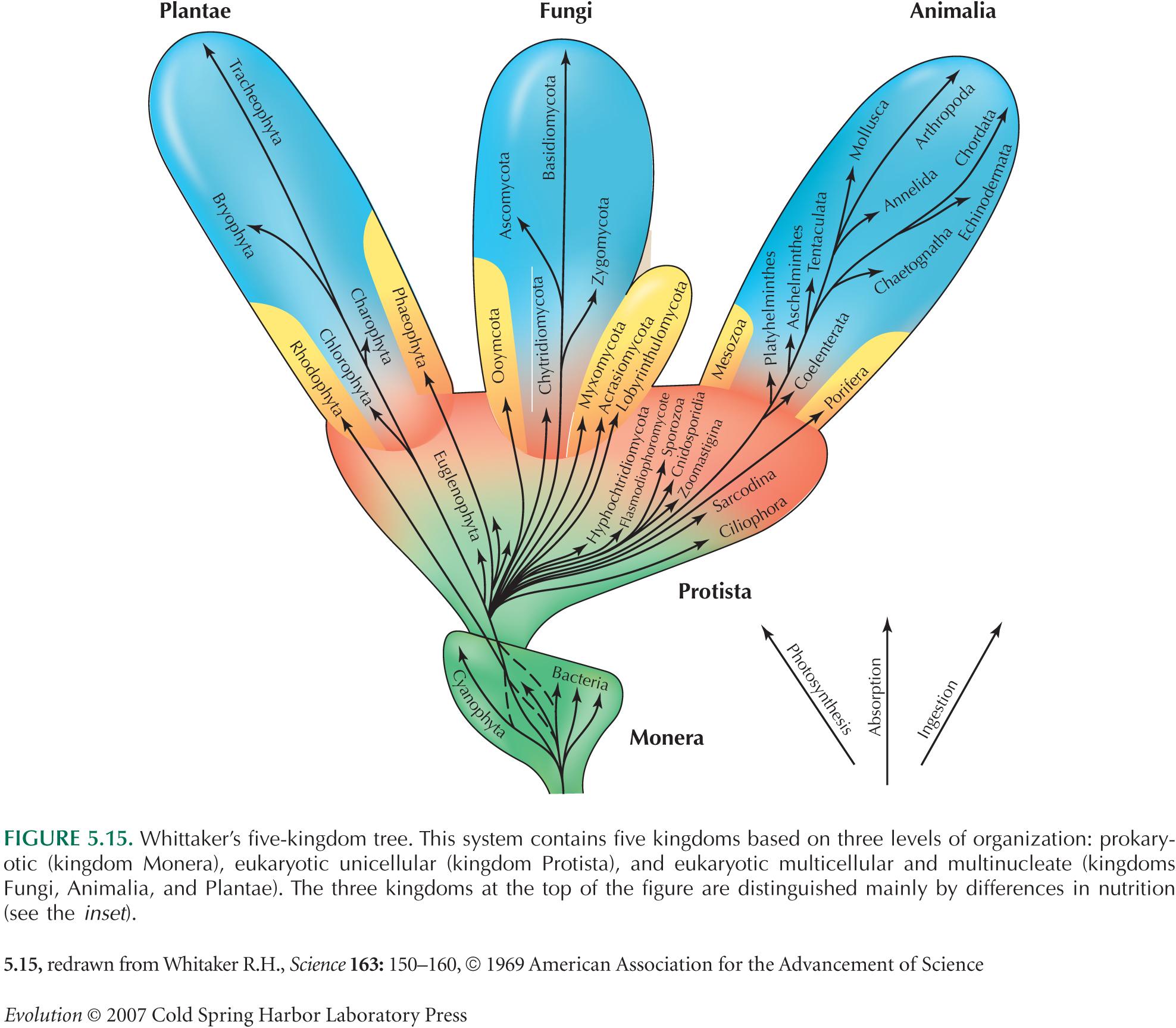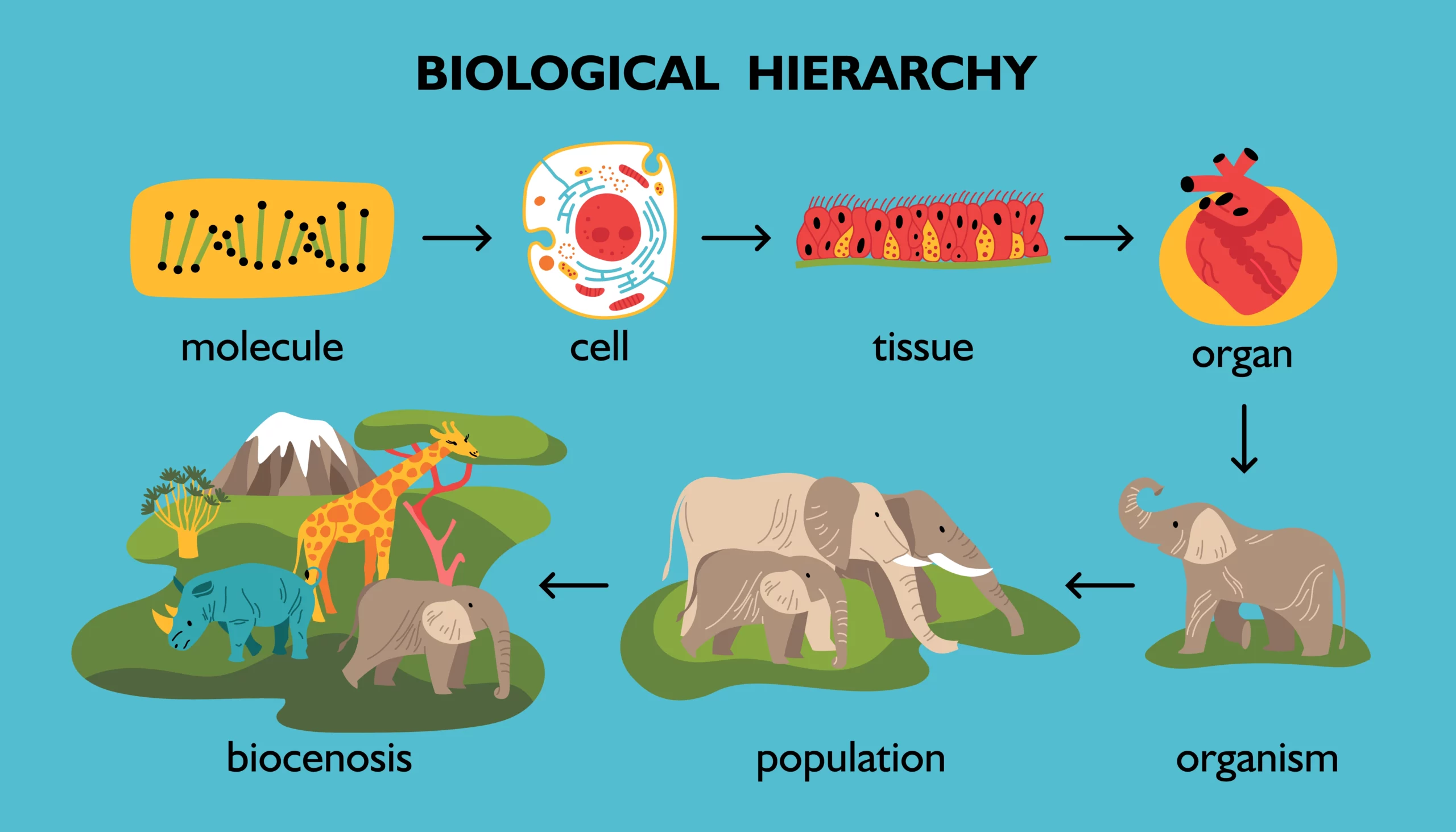Tag: Biology MCQ

MCQ on Breathing and Exchange of Gases-2
Visiting high mountains may cause altitude sickness in men living in plain areas. Prime cause of this is (a) excess of CO2 in blood (b) decreased efficiency of haemoglobin (c) decreased partial pressure of oxygen (d) decreased proportion of oxygen in air. Increase in body temperature makes oxygen haemoglobin dissociation curve (a) shift to left…

MCQ on Breathing and Exchange of Gases
Dead space air is The amount of air left in lungs after deepest expiration. About 150 ml Both of these None of these Answer: 2 The amount of air left in the lungs after the deepest expiration is Residual air. 2. When fully saturated, one molecule of oxyhaemoglobin carries the following number of oxygen molecules. …

Type of Classification System Quiz
Welcome to our “Type of Classification System Quiz!” Are you ready to explore the diverse methods used to categorize everything from living organisms to data sets? Classification systems are essential tools that help us organize and make sense of the world around us. In this quiz, we’ll dive into various types of classification, from biological…

MCQ on Respiration in plant
Q1: Which organelle in plant cells is primarily responsible for cellular respiration? (A) Chloroplast (B) Mitochondrion (C) Vacuole (D) Nucleus Answer: (B) Mitochondrion Explanation: Mitochondria are the main sites of cellular respiration in plant cells, where ATP is produced. Q2: During respiration, what is the primary substrate used by plants to generate energy? (A) Oxygen…
Plant Growth and Development Quiz
[wp_quiz id=”4949″]

FIVE KINGDOM SYSTEM
In this lesson, we discussing five kingdom classification. Five kingdom classification is proposed by R.H.Whittaker in 1969. the kingdom defined by him were named Monera, Protista, Fungi, Plantae, and Animalia. In this lesson, we show a brief introduction to these kingdoms for more information on kingdom please visit a particular lesson on that kingdom. Main Criteria…

Biological Classification
Biological Classification: Understanding the Diversity of Life In the vast tapestry of life that envelops our planet, organisms of all shapes, sizes, and functions coexist. From the towering trees of the rainforests to the microscopic bacteria hidden in the soil, every living entity has a place and role in the intricate web of life. This…





